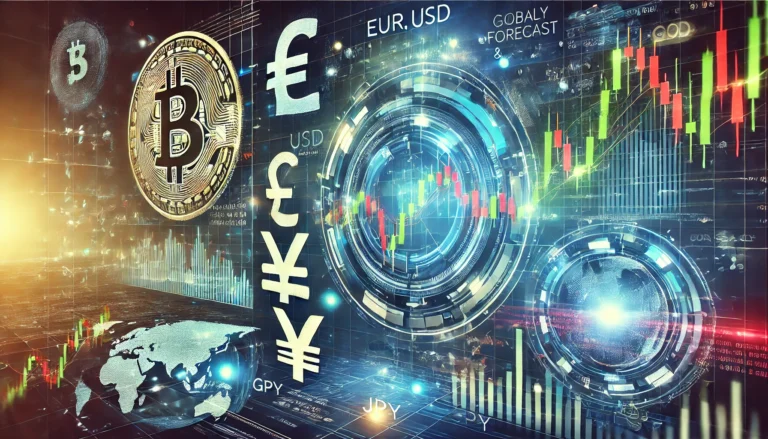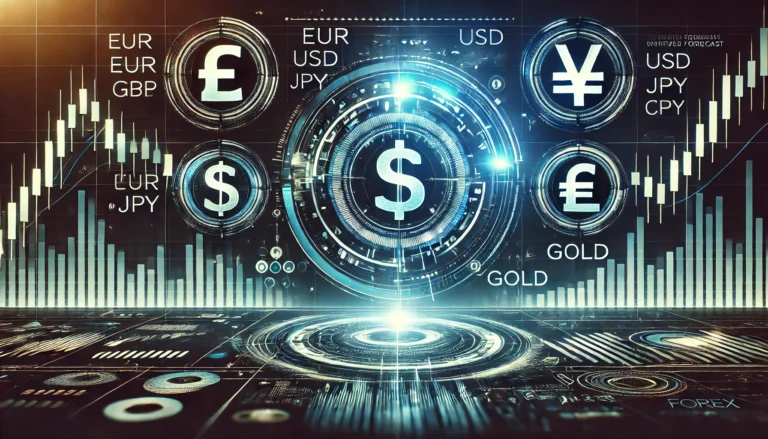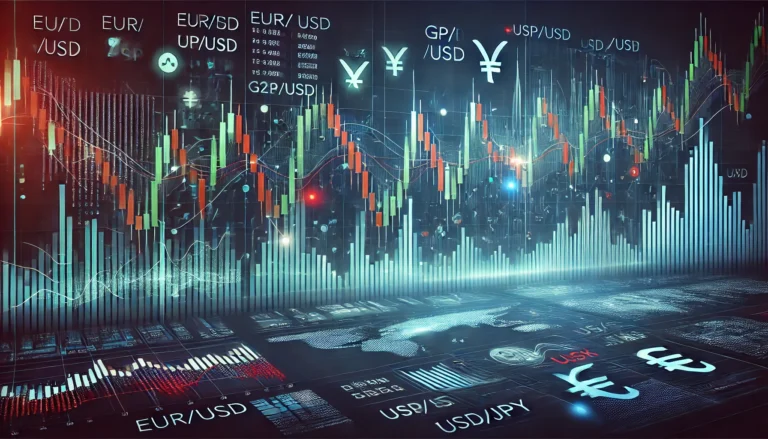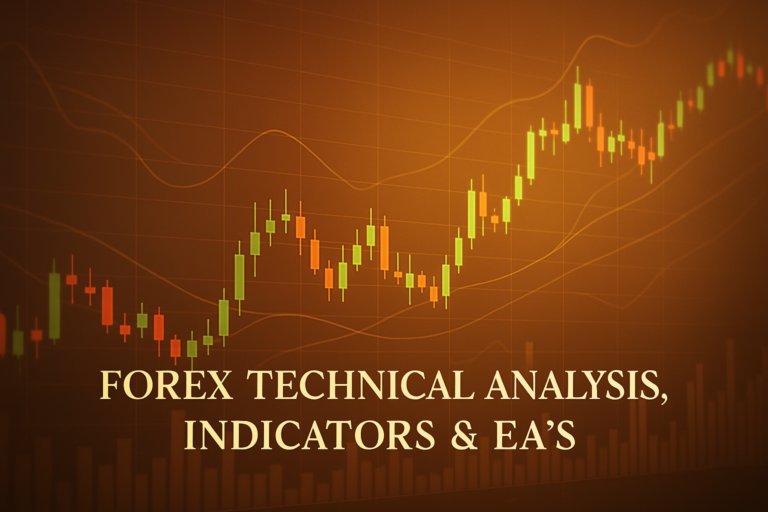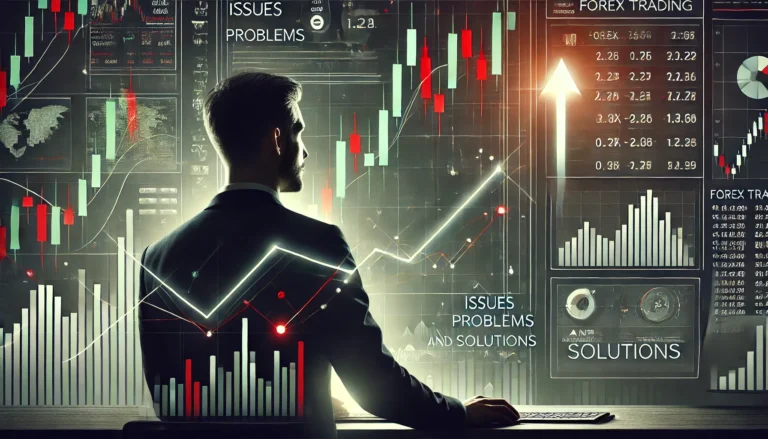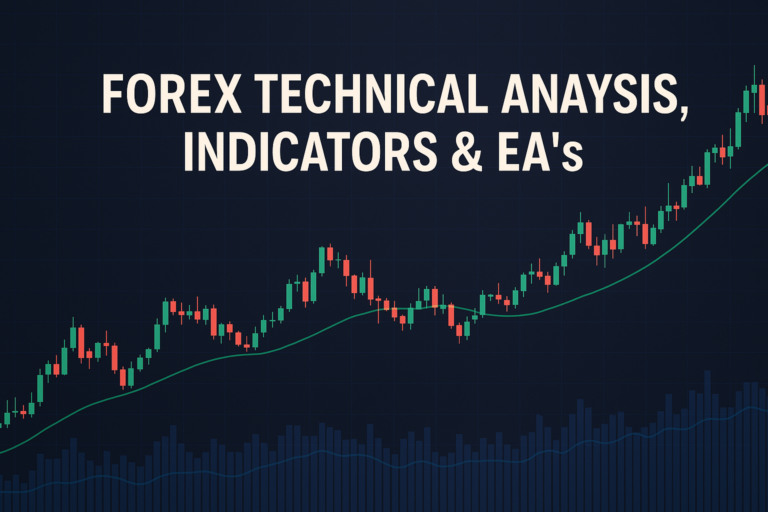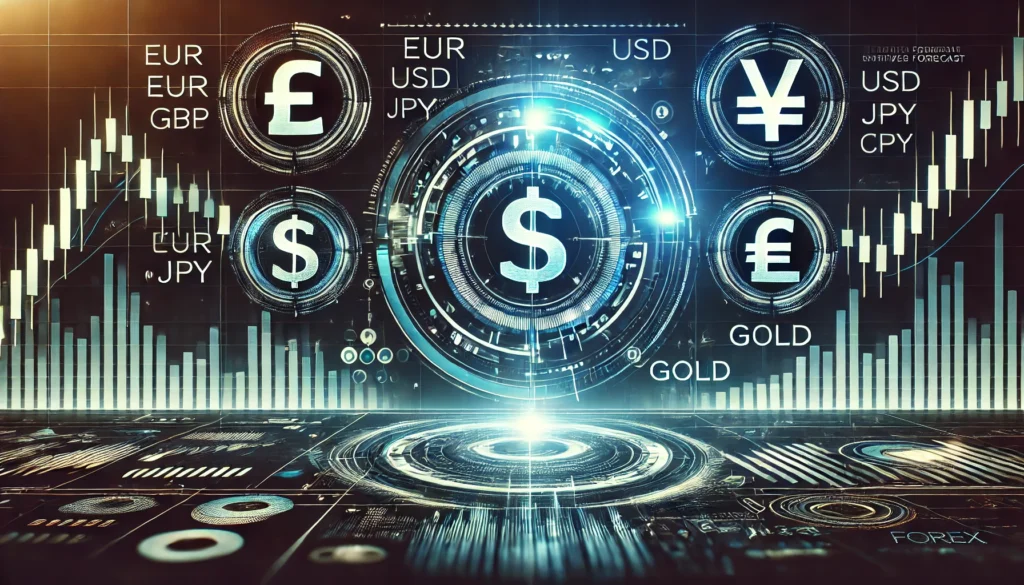
Forex exchange trading involves buying and selling currencies, presenting opportunities for profit and intricate challenges.
Forex exchange trading is a fascinating world where currencies are bought and sold, creating opportunities for profit. It’s a part of Forex trading that allows traders to speculate on the value of one currency against another. Imagine being able to trade the Euro for the US Dollar or the British Pound for the Japanese Yen. This dynamic environment is essential for global commerce and investment.
However, many traders, both beginners and professionals, find themselves struggling with forex exchange trading. The market is complex, influenced by various factors like economic news, political events, and market sentiment. Understanding these elements is crucial for making informed decisions and maximizing potential profits.
One valuable tool in forex exchange trading is the use of forex trading oscillators. These indicators help traders identify overbought or oversold conditions in the market, aiding in better trading decisions.
Understanding the forex exchange trading
Forex exchange trading can be tricky. One of the main issues traders face is volatility. This means that currency values can change rapidly, making it hard to predict outcomes. For example, imagine you buy Euros with US Dollars, hoping the Euro will rise in value. Suddenly, a political event happens in Europe, and the Euro drops. You might find yourself losing money instead of making a profit.
This volatility occurs due to various technical and market-related reasons. Technical factors include changes in interest rates or economic indicators, while market-related reasons can be news events or geopolitical tensions. For instance, if the US Federal Reserve raises interest rates, the US Dollar may strengthen, affecting other currencies. Traders must stay alert and react quickly to these changes to avoid losses.
Pro’s and Con’s for forex exchange trading
Forex exchange trading has its upsides and downsides. Here are some key points for both pros and cons:
Pros:
- High Liquidity: The forex market is one of the most liquid markets in the world, allowing quick transactions.
- Accessibility: You can start trading with a small amount of money and access the market 24/5.
- Leverage: Traders can use leverage to increase potential profits, allowing them to control larger positions with less capital.
Cons:
- Risk of Losses: The volatility of the market can lead to significant losses if trades go against you.
- Complexity: Understanding all the factors that influence currency values can be overwhelming for beginners.
- Emotional Trading: Many traders make impulsive decisions based on emotions rather than strategies, leading to poor outcomes.
To resolve issues in forex exchange trading, here are some step-by-step solutions:
- Stay Informed: Keep up with economic news and updates that may affect currency values.
- Develop a Trading Strategy: Create a plan that includes entry and exit points, risk management, and profit targets.
- Practice with Demo Accounts: Use demo accounts to practice trading without risking real money.
For advanced traders, it’s essential to maintain discipline and avoid emotional trading. Stick to your trading plan and avoid making hasty decisions during market volatility.
Another useful concept in forex exchange trading is running orders on mt4, which allows traders to automate their trades and manage positions more efficiently.
Frequently Asked Questions
1. What is forex exchange trading?
Forex exchange trading involves buying and selling currencies in the foreign exchange market. Traders speculate on the value of one currency against another, hoping to profit from price fluctuations.
2. How do I start forex trading?
To start forex trading, choose a reputable broker, open a trading account, and deposit funds. It’s advisable to begin with a demo account to practice trading without risking real money.
3. What factors influence currency prices?
Currency prices are influenced by economic indicators, political events, interest rates, and market sentiment. For example, if a country’s economy is doing well, its currency may strengthen.
4. Is forex trading risky?
Yes, forex trading can be risky due to market volatility. Traders can experience significant losses if they do not manage their risks properly. It’s crucial to have a solid trading strategy and risk management plan.
5. Can I make a living from forex trading?
While some traders do make a living from forex trading, it requires dedication, education, and experience. Many traders face challenges, so it’s essential to approach it with realistic expectations.
6. What is leverage in forex trading?
Leverage allows traders to control larger positions with a smaller amount of capital. While it can increase potential profits, it also amplifies potential losses.
7. How do I manage my risk in forex trading?
To manage risk, traders can use stop-loss orders, diversify their trades, and only risk a small percentage of their account on each trade. It’s crucial to have a clear risk management strategy in place.
Conclusion
In summary, understanding forex exchange trading is essential for both beginners and seasoned traders. While the market presents challenges, it can be managed or avoided with the right strategies. Stay informed, practice diligently, and continuously improve your trading skills to thrive in the forex market.
Remember, every trader faces obstacles, but with persistence and the right knowledge, success is within reach.
Recommended Next Steps
Now that you have a grasp on forex exchange trading, here are some recommended next steps:
- Research and choose a reliable forex broker.
- Open a demo account to practice trading strategies.
- Stay updated on economic news that may affect the market.
- Join forex trading forums to learn from experienced traders.
- Consider taking online courses to enhance your skills.
For those looking to explore the world of forex exchange trading, remember that knowledge and practice are your best allies.
Get a broader view of this strategy with help from top sources The Balance, MQL5
Expand Your Knowledge
- 📌 Forex Trading Learning Road Map
- 📌 Forex Trading Course with no Fees
- 📌 Forex Trading Issues, Problems, and Solutions
- 📌 Forex Daily Forecast & Live Updates
- 📌 Forex Fundamental & News Analysis: Tomorrow’s Market Movers & Trade Opportunities
- 📌 Forex Education Hub: Learn & Profit
- 📌 Forex Technical Analysis, Indicators & EA’s
Start Trading Today
Ready to take your forex trading to the next level? Open an account with Exness, one of the most trusted platforms in the industry. 👉 Sign Up Now and start trading with confidence!
Exness stands out with ultra-low spreads for mini traders, instant withdrawals, and zero spread accounts for pro traders. Trusted since 2008, Exness offers lightning-fast execution, no hidden fees, and a secure, transparent trading environment—giving you the edge you need to succeed. 🚀 Join now and trade smarter!
Watch this helpful video to better understand forex exchange trading:
Note: The video above is embedded from YouTube and is the property of its original creator. We do not own or take responsibility for the content or opinions expressed in the video.
In this two-minute episode, Artie introduces the basics of Forex trading, explaining that Forex stands for foreign exchange, which involves exchanging one currency for another. This is commonly experienced when traveling internationally, such as exchanging U.S. dollars for Mexican pesos at a currency exchange kiosk. Currently, the exchange rate for one dollar to pesos is approximately 20:1, which highlights how currency values can fluctuate over time. Artie uses the example of the Euro to US Dollar pair, stating that the current exchange rate is 1.13. This means that to purchase one standard lot of Euro (which is 100,000 units), a trader would need $113,000. The potential for profit comes from buying currency at one price and selling it at a higher price, resulting in a profit based on the difference in price, known as pips. However, it’s crucial for traders to understand that the market can move against them, leading to losses just as significant as potential gains.
To succeed in Forex trading, a trader must commit to learning and practicing technical analysis and fundamental analysis. This knowledge can help mitigate risks and increase the chances of making a profit in the volatile currency markets. Artie encourages viewers to explore his beginner playlist on technical analysis for further insights. Understanding concepts like pips, currency pairs, and the mechanics of buying and selling currencies is essential for anyone looking to delve into Forex trading. For those interested in additional trading strategies, the fibonacci indicator is a popular tool that can help traders identify potential reversal levels in the market and enhance their trading decisions. By investing time in education and practice, aspiring Forex traders can develop the skills needed to navigate the financial landscape successfully.
